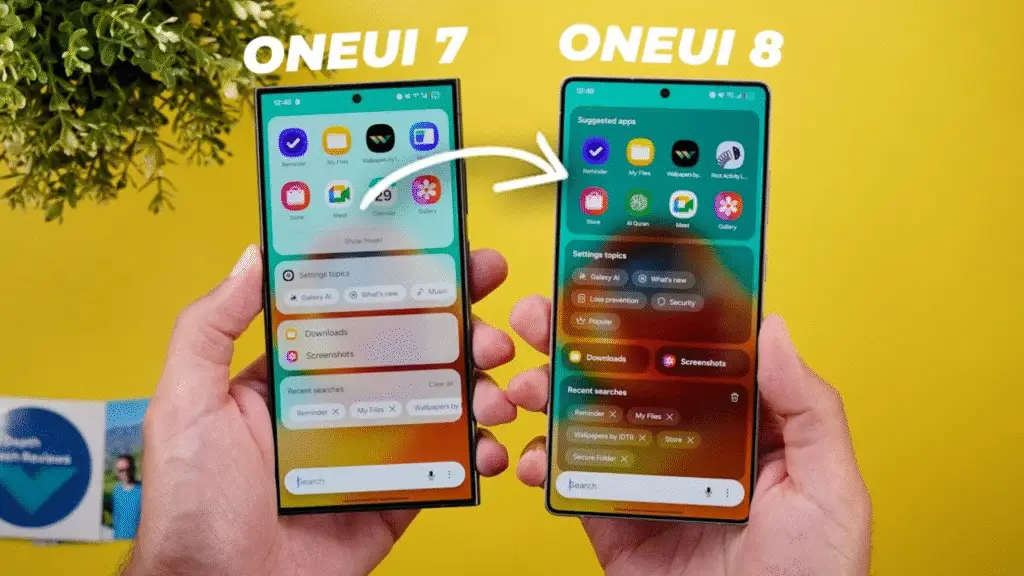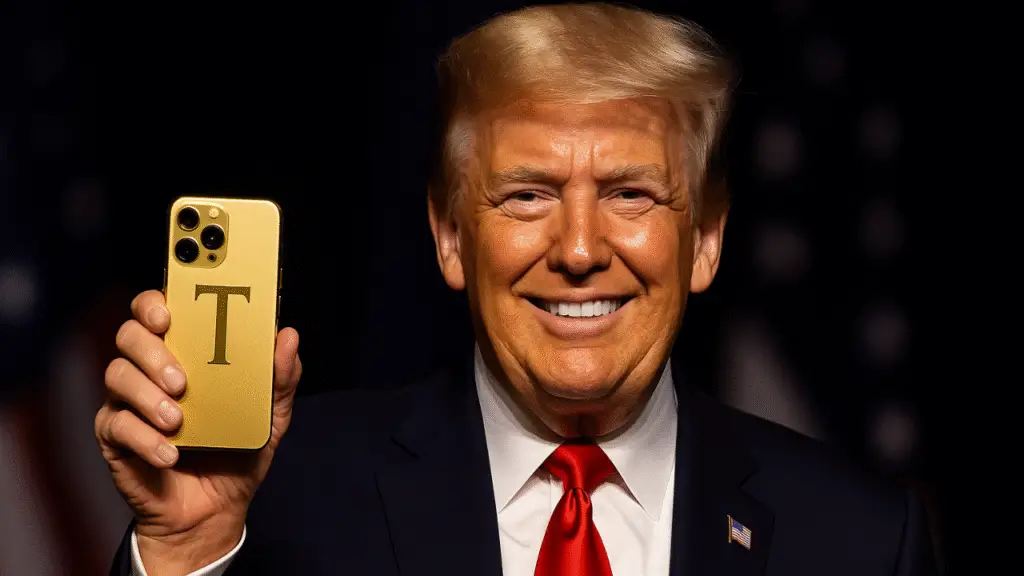Android 16 is here or at least in beta for Pixel phones and while the expressive Material You redesign looks exciting at first glance, the experience still feels incomplete. Many Pixel users were hoping Android 16 would finally close the gap with other OEMs like Samsung and Apple when it comes to customization and polish. But despite some solid changes, Google still has work to do.
Here’s a detailed breakdown of what’s still missing or broken in Android 16’s Pixel customization features.
Lock Screen: So Close Yet Still So Far
The lock screen has come a long way in recent updates, but Android 16 still lags behind competitors. For starters, the customization process is clunky. The separate UI for editing the lock screen feels disconnected, unlike the more seamless approaches found on One UI and iOS. We should be able to tweak the lock screen directly and change clocks, shortcuts, and widgets without leaving the screen.
Clock customization is also lacking. The existing designs feel outdated, still stuck in the older Material You era. Android 16 desperately needs new, elegant clock options that better reflect its expressive design language. And how has Google still not implemented a clock depth effect? Apple’s had this for years, and it looks incredible.
Another major letdown is the inability to resize the clock with precision. A proper bounding box with manual resizing would be far more intuitive. Bonus points if Google would let users remove the clock entirely giving power users a blank canvas for apps like KLWP.
And finally, the lock screen still lacks real, interactive widgets. Not screensaver-style placeholders we’re talking full-on, always-visible, touch-responsive widgets that elevate the lock screen’s functionality.
Fingerprint Animation: Outdated and Underwhelming
Unlocking your phone should feel satisfying, but the fingerprint animation in Android 16 still uses the same basic white ring from Android 12. It feels outdated compared to the more dynamic, fluid animations available on other Android phones. A redesigned fingerprint unlock animation with some flair and responsiveness could add polish to an otherwise forgettable moment.
Navigation Bar: Why Is It Still There?
The navigation bar remains a persistent annoyance. It doesn’t disappear automatically after use and clutters the screen unnecessarily. iOS shows how clean this can be; it appears briefly, then fades out.
Even more frustrating, Android 16 still relies on apps being updated to support the transparent background in the navigation area. Until that happens universally, users are stuck with inconsistent and ugly black bars at the bottom of their screens.
Home Screen: Frustratingly Limited
Pixel’s home screen experience still feels unnecessarily restricted. Google forces users to keep the At A Glance and Search Bar widgets. There’s no option to remove them, not even buried in Developer Settings. Meanwhile, other Android skins let users strip down the home screen entirely.
The Pixel launcher also lacks support for third-party icon packs, limited grid sizes, and proper app organization features. A DIY grid editor like Samsung’s One UI would be a game-changer.
Rearranging apps is another pain point. You still have to drag icons one-by-one. And there’s no way to hide app labels even iOS offers this. Double tap to lock the home screen? Not available, even though almost every other OEM has supported this feature for years.
Third-Party Launchers: Still Handicapped
Sadly, Google continues to restrict third-party launchers when gestural navigation is enabled. This means animations and transitions feel janky compared to the stock experience.
Yes, there’s been minor progress, but unless Google improves either the Pixel launcher or compatibility with third-party alternatives, users will continue to suffer. Many of the missing features from icon packs to gesture shortcuts are already offered by third-party launchers like Nova. Google needs to either open up or step up.
Quick Settings Panel
Android 16’s redesigned Quick Settings panel looks fresh, but usability still needs work. First, the brightness slider should be at the bottom for one-handed access. And it should let you toggle Adaptive Brightness with a single tap not buried in submenus.
The tile editor UI is disjointed and doesn’t visually match the rest of the Quick Settings area. You should be able to resize tiles instantly, not with multiple taps. Google should also introduce larger toggle options, like those in Nothing OS, to allow more advanced interactions directly from the panel.
The Internet toggle remains a sore point. A dedicated Wi-Fi toggle one that doesn’t require a secondary pop-up is long overdue. Similarly, the flashlight toggle still lacks an intensity slider, something other OEMs nailed years ago.
Volume Panel and Miscellaneous UI Flaws
The new volume slider is big and clunky. A compact, layered approach like Nothing OS uses would be far cleaner and more intuitive. Also, system-wide fonts like the bubbly one used in Android 16 feel overly cartoonish. A cleaner, modern font like Product Sans would better fit the updated design.
Meanwhile, Pixel users still can’t use custom fonts or access a “clear all” button at any point in the Recent Apps menu. That button only appears at the far end of the list, making multitasking less efficient than it should be.
Haptics and Display Settings: Small Fixes, Big Impact
Google inexplicably removed the ability to control keyboard haptic intensity on Pixel phones. This is still available on phones like the Nothing 3a Pro but has vanished from Gboard settings on Pixel devices.
The “touch feedback” slider also offers only three levels. More granular control would be a welcome improvement. And stop defaulting new Pixel phones to 60Hz refresh rate out of the box. Either enable high refresh by default or ask users during setup.
Camera App
Despite progress in recent years, the Pixel camera app still falls short in many areas. There’s shutter lag when capturing fast-moving subjects, video recording can stutter, and lens switching isn’t smooth during video capture.
Portrait mode is especially disappointing. Cutouts often look harsh, background blur feels artificial, and worst of all, the app locks up after capturing a few shots while it processes them in the background.
And despite being introduced with the Pixel 7, the cinematic blur feature still hasn’t received an update and it’s still capped at 1080p.
Worse, third-party camera performance is a disaster. Apps like Instagram and TikTok capture video at visibly lower quality than the default camera app, even on the latest Pixel devices. This is something Google urgently needs to fix.
Final Thoughts
Android 16 brings some fresh design choices to Pixel phones, but the level of customization and refinement still falls short of expectations. Whether it’s a lack of lock screen flexibility, outdated launcher behavior, or clunky quick settings, Pixel users deserve more.
Google, you’ve got the design foundation in place. Now it’s time to refine the user experience because Android 16 still feels like it’s in beta, even when it’s not.
FAQs
What is Android 16 Pixel customization?
Android 16 Pixel customization refers to the new personalization features introduced in Android 16 specifically for Google Pixel phones. This includes lock screen tweaks, Material You theming, widget changes, and more.
Can I remove the At a Glance widget in Android 16?
Unfortunately, no. As of now, Google still doesn’t let users remove the At a Glance widget from the Pixel home screen, even in Android 16.
Are there new lock screen options in Android 16?
Yes, Android 16 adds more clock styles and some layout flexibility, but customization is still limited compared to other Android skins like One UI or iOS.
Does Android 16 support custom icon packs on Pixel phones?
Not natively. You still need to use third-party launchers if you want to apply custom icon packs on Pixel devices.
Has Google improved gesture navigation in Android 16 for Pixel?
Slightly, but using third-party launchers with gesture navigation still isn’t as smooth as it should be. Fluidity is better but not perfect.
Can I create AI-generated wallpapers in Android 16?
Yes, Android 16 lets Pixel users generate wallpapers using on-device AI based on text prompts, making the phone even more customizable.
Is the flashlight intensity adjustable in Android 16?
No. Despite many requests, Google still hasn’t added a built-in way to adjust flashlight brightness on Pixel phones.
Follow Phoonomo to never miss an update



